In today’s digital age, data is king. Every organization, whether big or small, relies heavily on data to drive its operations, make informed decisions, and gain a competitive edge. But have you ever wondered how this vast amount of data is stored, managed, and organized? This is where databases come into play. In this informative guide, we will explore the world of databases, starting with the fundamental question: what is a database? We will delve into the intricacies of databases, their types, functionalities, and why they are crucial for businesses in various industries.
- What Is Database: A Simple Explanation
- Types of Databases
- Key Components of a Database System
- FAQs About Databases
- Conclusion
What Is Database: A Simple Explanation
At its core, a database is an organized collection of structured data that is stored and managed on a computer system. It acts as a repository, allowing users to efficiently store, retrieve, update, and delete data. Databases provide a systematic way to store and organize information, enabling businesses to access and manipulate data easily. Organizations can use a database to ensure data integrity, security, and scalability.
Types of Databases
1. Relational Databases
Relational databases are the most commonly used type of databases. They are based on the relational model, where data is organized into tables with rows and columns. Each table represents an entity, and the relationships between entities are defined through keys. Relational databases use Structured Query Language (SQL) for querying and managing data. Examples of popular relational database management systems (RDBMS) include MySQL, Oracle, and Microsoft SQL Server.
2. NoSQL Databases
NoSQL databases, also known as “non-relational” or “not only SQL” databases, have gained popularity in recent years. Unlike relational databases, NoSQL databases do not use tables with predefined schemas. They are designed to handle large volumes of unstructured or semi-structured data, making them suitable for modern web applications, big data analytics, and real-time data processing. NoSQL databases provide flexibility and scalability, with popular options including MongoDB, Cassandra, and Redis.
3. Object-Oriented Databases
Object-oriented databases (OODBs) are designed to store and manage complex data types, including objects, classes, and inheritance hierarchies. They are well-suited for applications that heavily rely on object-oriented programming languages such as Java or Python. OODBs enable developers to directly store and retrieve objects from the database, reducing the impedance mismatch between the application code and the database. GemStone/S is a notable example of an object-oriented database.
4. Hierarchical Databases
Hierarchical databases are structured in a tree-like manner, with parent-child relationships between data elements. Each record in a hierarchical database contains fields and subfields, forming a hierarchical structure. These databases were widely used in the early days of computing, particularly in mainframe environments. IBM’s Information Management System (IMS) is a well-known hierarchical database management system.
5. Network Databases
Network databases are similar to hierarchical databases but offer more flexibility in defining relationships between data elements. In a network database, records can have multiple parent and child records, creating complex interconnected relationships. The CODASYL DBTG network model was widely used in the 1960s and 1970s for large-scale applications.
6. Graph Databases
Graph databases are designed to represent and store data in the form of interconnected nodes and edges, also known as graphs. They excel at managing highly connected data, such as social networks, recommendation systems, and knowledge graphs. Graph databases offer powerful traversal and pattern matching capabilities, enabling efficient querying and analysis of relationships. Neo4j and Amazon Neptune are popular examples of graph databases.
Key Components of a Database System
To better understand the inner workings of a database, let’s explore its key components and their roles in managing data effectively.
1. Data Model
The data model defines the logical structure and organization of data within a database. It determines how data is represented, stored, and accessed. Different types of databases use distinct data models, such as the relational model for relational databases or the graph model for graph databases. The choice of data model depends on the specific requirements and nature of the data being stored.
2. Database Management System (DBMS)
A database management system (DBMS) is software that enables the creation, maintenance, and manipulation of databases. It acts as an intermediary between users or applications and the physical storage of data. The DBMS provides tools and utilities to perform tasks such as data definition, data manipulation, and data retrieval. It also ensures data integrity, security, and concurrency control.
3. Schema
A database schema defines the structure, organization, and relationships between the tables or collections within a database. It specifies the columns, data types, constraints, and relationships of the data. The schema serves as a blueprint for how data is stored and accessed in the database.
4. Tables and Collections
Tables (in relational databases) or collections (in NoSQL databases) are the basic building blocks of a database. They hold the actual data in a structured format. Each table consists of rows (records) and columns (fields) defining the attributes of the stored data. Tables or collections allow for efficient data storage and retrieval, ensuring data consistency and integrity.
5. Queries
Queries are commands or statements used to retrieve, update, or manipulate data in a database. They allow users to extract specific information from the database based on certain conditions or criteria. In relational databases, SQL is the primary language used to write queries. NoSQL databases use various query languages, such as MongoDB’s query language or Cassandra Query Language (CQL).
6. Indexes
Indexes are data structures used to optimize the retrieval of data from a database. They provide a quick lookup mechanism, allowing for faster access to specific data based on the indexed columns. Indexes improve query performance by reducing the need for full table scans. However, indexes come with some overhead in terms of storage space and update performance.
7. Transactions
Transactions ensure the atomicity, consistency, isolation, and durability (ACID) properties of database operations. A transaction groups multiple database operations into a single logical unit. It ensures that all the transaction operations are completed successfully, or none of them are applied to the database. Transactions provide data integrity and maintain the consistency of the database in multi-user environments.
8. Data Security and Access Control
Data security is of utmost importance in databases, as they often store sensitive and confidential information. Access control mechanisms, such as user authentication and authorization, are implemented to protect data from unauthorized access. Database administrators define user roles and privileges to restrict access to specific data or operations based on the principle of least privilege.
9. Data Backup and Recovery
To safeguard against data loss or corruption, databases employ backup and recovery mechanisms. Regular backups ensure that data can be restored in case of hardware failures, software bugs, or human errors. Backup strategies include full backups, incremental backups, and differential backups. Recovery mechanisms, such as point-in-time recovery or transaction logs, enable the database to recover to a consistent state after a failure.
FAQs About Databases
FAQ 1: What is the purpose of a database?
A database serves as a centralized repository for storing, managing, and organizing data. It enables efficient data storage, retrieval, and manipulation, providing businesses with the ability to make informed decisions and gain valuable insights from their data.
FAQ 2: Why are databases important for businesses?
Databases play a vital role in businesses by facilitating data-driven decision-making, improving operational efficiency, and enabling effective data management. They provide a structured framework for storing and accessing data, ensuring data integrity, security, and scalability.
FAQ 3: What is the difference between a database and a spreadsheet?
While both databases and spreadsheets can store and manage data, they have distinct differences. Spreadsheets are more suitable for small-scale data management and analysis, often limited to a single user. On the other hand, databases offer a robust and scalable solution for storing and managing large volumes of data with support for multiple users, complex relationships, and advanced querying capabilities.
FAQ 4: Can databases only store text-based data?
No, databases are not limited to storing text-based data. They can store various types of data, including numeric data, dates and times, images, audio files, video files, and more. The data type support depends on the specific database management system and the data model being used.
FAQ 5: Are databases only used in the business domain?
No, databases are utilized in various domains beyond business. They are extensively used in scientific research, healthcare, finance, education, government, e-commerce, and many other industries. Databases provide a reliable and efficient means of storing and managing data, making them essential in numerous fields.
FAQ 6: Can a database be accessed over the internet?
Yes, databases can be accessed over the internet. With the rise of cloud computing, many organizations opt for cloud-based databases that offer remote access to data. This allows for easier collaboration, scalability, and flexibility in managing and accessing data from different locations.
Conclusion
In conclusion, databases are the backbone of modern data management and play a crucial role in various industries. They provide a structured and efficient way to store, retrieve, and manipulate data. With different types of databases available, organizations can choose the one that best suits their requirements. Understanding databases and their components is essential for businesses to make informed decisions, gain insights, and stay competitive in today’s data-driven world.







Leave a Reply